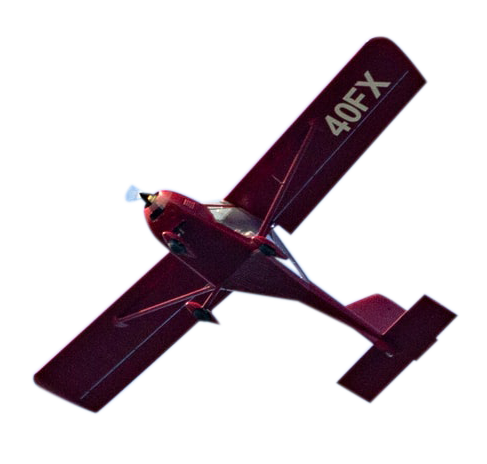 How to recover from an infringement
How to recover from an infringement
If you find yourself on the edge of controlled airspace, or that you have entered it without clearance, there are important steps that you can take to recover.
If you know your exact position
- Leave controlled airspace by the shortest route, maintaining level, only descend if you have infringed from below the base
- If in contact with an Air Traffic Service Unit (ATSU) or Air Ground Communication Service (AGCS) inform them of the infringement as soon as possible.
If you are unsure of your position
With the widespread use of GPS systems and VFR Moving Maps, cases of being completely lost are thankfully rarer than they once were. However, such systems are not universally carried, and even when they are, they can be misinterpreted or fail. If at any stage in your flight you realise that you are unsure of your location or lost, the most important thing is not to panic. Many pilots before you will have found themselves in a similar situation. Keep calm and remember to AVIATE, NAVIGATE and COMMUNICATE. Fly the aeroplane and maintain control. This does not mean simply fly around until all is resolved, consider, if safe, orbiting or holding position. Then work logically through the situation but remember not to over-concentrate on one aspect to the detriment of other tasks.
Here are a few steps that will help you recover:
- If you have a transponder, make sure it is turned on and set to ALT – be seen to be safe.
- Unless advised otherwise by the ATSU, maintain existing squawk.
- Provided that you can maintain VMC, orbit and try to identify any prominent landmarks that could be described to the ATSU or identified on your chart.
- If not in contact with an ATSU and squawking conspicuity, squawk 0030 (FIR Lost).
- Seek help from the ATSU – either from the unit you are speaking to, the ATC unit controlling the airspace or the D&D cell (call sign London Centre) on 121.500 MHz.
FS Barry Tucker – Hear just what D&D can do for you when you call them on 121.500MHz.
When your flight is complete
Spend some time reviewing the flight and try to establish the factors that may have led to the infringement. It is important that you then complete a Mandatory Occurrence Report (MOR). Occurrence reporting in the UK is governed by law and promotes Just Culture principles. The purpose of occurrence reporting is to allow the aviation community to learn from events and reduce the probability of reoccurrence. To satisfy this requirement and to assist in identifying ways of preventing or mitigating infringements and improving safety in the future, pilot are encouraged to use the form at https://airspacesafety.com/infringement/infringement-form/ This will then supplement the MOR that will be submitted by the reporting air navigation service provider (ANSP) or controlling authority for the airspace in question.
Pilots of UK Part 21 aircraft are required to submit an MOR following an airspace infringement. In lieu of an MOR via ECCAIRS 2 aviationreporting.eu/en, the Airspace Infringement team will accept reporting through the Airspace Safety Initiative website.
For non-UK Part 21 aircraft, occurrence reporting remains voluntary; however, pilots are strongly encouraged to submit an MOR (or complete the questionnaire) to enable the CAA to carry out a full, independent review of the event and to understand if future infringements similar to the reported occurrence could be prevented. The Pilot Questionnaire / MOR allows the reporter to share their account, including causal and contributory factors.

